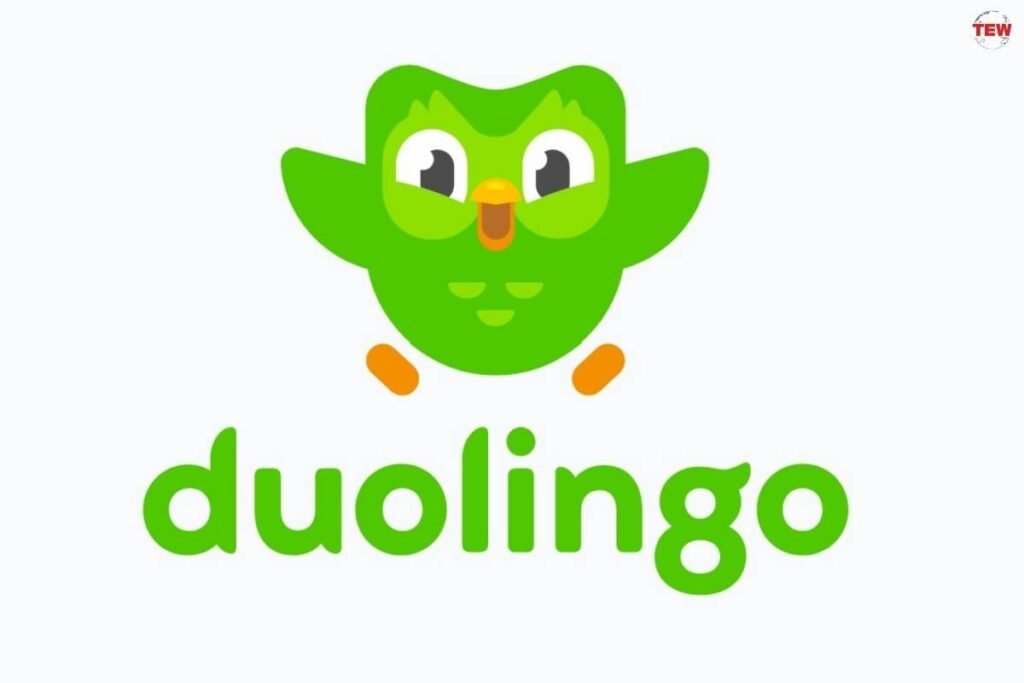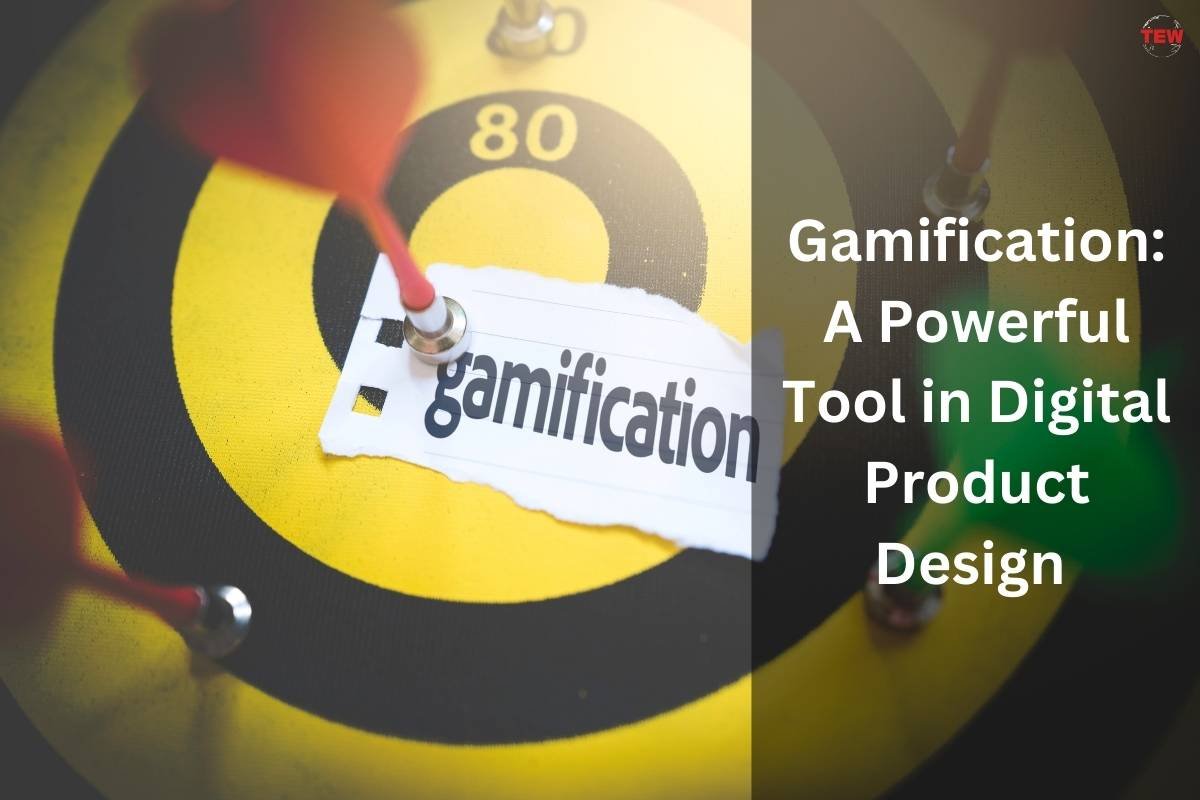There’s no doubt that user engagement and retention are among the most critical aspects of digital product design. There are different ways of achieving them, but one strategy has risen to prominence: gamification. With its ability to captivate, motivate, and create memorable user experiences, it’s a powerful tool that can make a significant impact on the success of digital products.
Whether you are a product owner, a developer, or a digital designer, knowing the basics of gamification can help you bring your products to the next level. In this article, we delve deep into the realm of gamification, exploring its benefits, implementation strategies, and real-world examples that showcase its effectiveness.
Understanding Gamification: A Powerful Tool in Digital Product Design
1. What Is Gamification?

Gamification, in essence, involves integrating game elements and principles into non-game contexts to enhance user participation and engagement. Traditionally, this principle has been used in educational settings to help keep the learner’s attention and interest. However, it’s implemented in a wide variety of digital products today, many of which are not directly related to education or games.
By leveraging the psychological aspects that make games so enticing—such as competition, rewards, challenges, and a sense of achievement—designers can craft experiences that resonate deeply with users. You can consult with a digital product design agency like www.lazarev.agency to determine how it can be used to enhance user engagement in your project.
2. The Psychology Behind Gamification
At the core of gamification is an understanding of human psychology. The human brain is wired to seek pleasure and avoid pain, and games often trigger feelings of enjoyment and satisfaction. When these elements are seamlessly woven into a digital product, users are more likely to remain engaged and return for more interactions. This article provides a more detailed overview of the psychological principles that make gamification work.
3. Benefits of Gamification in Digital Product Design

This approach offers a plethora of benefits that can significantly impact the success of digital product design:
- Enhanced User Engagement: By incorporating game mechanics like points, badges, and leaderboards, designers can create a sense of accomplishment that keeps users coming back for more. The thrill of earning rewards and outperforming others provides a strong incentive for continued engagement.
- Improved Learning and Skill Acquisition: Games often require players to learn new skills to progress. Similarly, gamified digital products can guide users through learning curves, making it easier for them to grasp complex concepts or navigate through functionalities.
- Increased Motivation: Gamification taps into users’ intrinsic motivation, driving them to complete tasks and achieve goals. This heightened motivation can lead to increased product usage and a greater willingness to explore various features.
- Data Collection and User Insights: Through gamified interactions, designers can gather valuable user data that provides insights into preferences, behavior patterns, and pain points. This information can then be used to refine the product and tailor it to user needs.
4. Implementing Gamification Strategies
Successfully integrating gamification into digital product design requires careful planning and execution:
1. Define Clear Objectives
Start by identifying the specific goals you aim to achieve. Whether it’s boosting user engagement, encouraging certain behaviors, or enhancing brand loyalty, a clear roadmap is essential.
2. Understand Your Audience
Effective gamification hinges on understanding your target audience’s preferences and motivations. Conduct thorough research to uncover what drives your users and tailor the gamified elements accordingly. Here are some tips for analyzing your audience.
3. Choose Appropriate Game Mechanics
Select game mechanics that align with your objectives and resonate with your audience. Whether it’s competition, collaboration, exploration, or achievement, each mechanic can evoke different emotions and behaviors.
4. Provide Meaningful Rewards
Rewards serve as the backbone of gamification. Offer rewards that hold genuine value for users, whether it’s unlocking exclusive content, gaining social recognition, or accessing new features.
5. Real-World Examples of Gamification Success
1. Duolingo: Language Learning Made Fun

Duolingo, a language learning app, employs gamification to motivate users to learn new languages. Through its point system, daily challenges, and progress tracking, users feel a sense of accomplishment as they advance their language skills.
2. Nike Run Club: Turning Exercise into a Game
Nike Run Club transforms jogging into an engaging experience. Users can set goals, compete with friends, and earn badges for completing milestones, making their fitness journey feel like a rewarding game.
3. Starbucks Rewards: Loyalty Elevated
Starbucks’ rewards program gamifies the coffee-buying experience. With each purchase, customers earn stars that unlock higher tiers of rewards, enticing them to return for their favorite beverages.
Conclusion
In the dynamic realm of digital product design, gamification stands out as a compelling strategy to drive user engagement, enhance learning, boost motivation, and collect valuable insights. By understanding the psychological underpinnings and implementing carefully crafted gamification strategies, businesses can create products that not only meet user needs but also leave a lasting impact. As the digital landscape continues to evolve, embracing gamification could be the key to unlocking unparalleled success.




